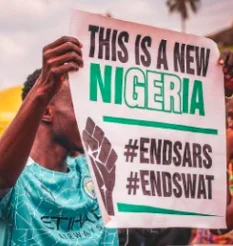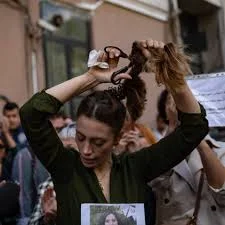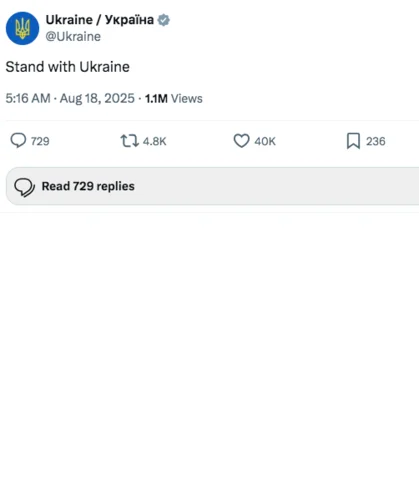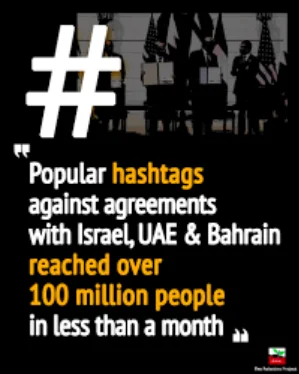-
 In 2019, millions of students who were inspired by Greta Thunberg organized global climate strikes using Instagram, Twitter, and TikTok. The movement used hashtags and viral videos to demand environmental policy reform. The movement continues today through digital campaigns and coordinated global protests shared under hashtags like #FridaysForFuture and #ClimateStrike
In 2019, millions of students who were inspired by Greta Thunberg organized global climate strikes using Instagram, Twitter, and TikTok. The movement used hashtags and viral videos to demand environmental policy reform. The movement continues today through digital campaigns and coordinated global protests shared under hashtags like #FridaysForFuture and #ClimateStrike -
 In 2020, Nigerian youth used Twitter to expose police brutality by the SARS unit and coordinate nationwide protests. Viral videos and hashtags like #EndSARS engaged international support, pushing the government to disband the unit.
In 2020, Nigerian youth used Twitter to expose police brutality by the SARS unit and coordinate nationwide protests. Viral videos and hashtags like #EndSARS engaged international support, pushing the government to disband the unit. -
 Activists in Brazil and around the world used Twitter, Instagram, and TikTok to share the effects of illegal deforestation and fires in the Amazon rainforest. Hashtags like #SaveTheAmazon and viral videos helped pressure governments and companies to take action to protect the forest.
Activists in Brazil and around the world used Twitter, Instagram, and TikTok to share the effects of illegal deforestation and fires in the Amazon rainforest. Hashtags like #SaveTheAmazon and viral videos helped pressure governments and companies to take action to protect the forest. -
 After Mahsa Amini died in police custody, Iranians shared protest videos online using VPNs. The #MahsaAmini hashtag quickly became a global symbol of resistance and women’s rights.
After Mahsa Amini died in police custody, Iranians shared protest videos online using VPNs. The #MahsaAmini hashtag quickly became a global symbol of resistance and women’s rights. -
 Social media became a tool for both sides when Russia invaded Ukraine in 2022. Ukraine used Twitter to appeal directly to citizens and leaders worldwide, while TikTok videos documented the human cost of war, influencing global opinion and aid efforts. However, as the reading “4 Reasons Why Social Media Can Give a Skewed Account of the War in Ukraine” explains, social media can also provide a distorted view of these disruptions.
Social media became a tool for both sides when Russia invaded Ukraine in 2022. Ukraine used Twitter to appeal directly to citizens and leaders worldwide, while TikTok videos documented the human cost of war, influencing global opinion and aid efforts. However, as the reading “4 Reasons Why Social Media Can Give a Skewed Account of the War in Ukraine” explains, social media can also provide a distorted view of these disruptions. -
 Both Israel and Hamas use social media to shape narratives and spread messages. Graphic images and hashtags like #FreePalestine and #StandWithIsrael dominate feeds, showing how digital platforms influence global perspectives.
Both Israel and Hamas use social media to shape narratives and spread messages. Graphic images and hashtags like #FreePalestine and #StandWithIsrael dominate feeds, showing how digital platforms influence global perspectives.